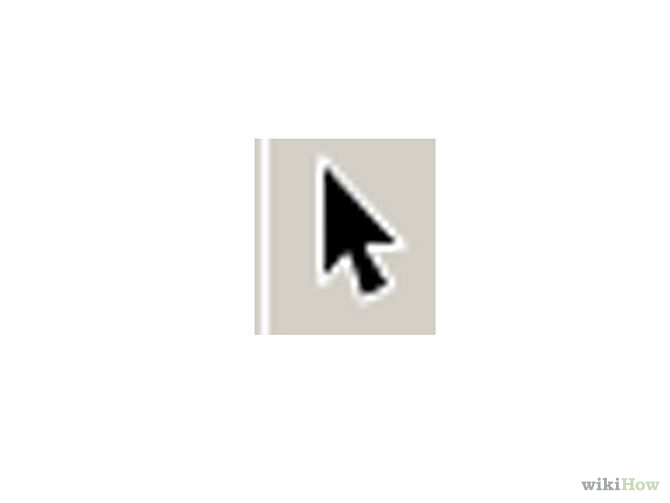

- #HOW TO CREATE AN OUTLINE OF AN UN VECTOR IMAGE INKSCAPE HOW TO#
- #HOW TO CREATE AN OUTLINE OF AN UN VECTOR IMAGE INKSCAPE MANUAL#
This allows you to see the different options on your image before you apply them.

The Tracing panel options will become active when the image is selected. Open your pixel-based file in Illustrator.ĭownload this creative workspace with a laptop image. Let’s try it out.Īccess the best video tips, design hacks, and deals straight to your inbox. We want to take an image in a pixel-based format (JPG, PNG, etc.) and switch it on over to that easily manipulated vector format.

All of these promotional materials use the same graphic but each a different size. Think vectors when it comes to a logo that needs to be on a flyer, a banner, a business card, or that cool company coffee mug you’re giving away as an incentive gift. You’re a busy person so you shouldn’t have to worry about re-designing your graphic each time you need more branded material. That’s why vectors are the perfect file type to use when creating a graphic or image that will require frequent resizing. This mathematical formula makes vector images infinitely scalable and resizable without losing quality. Vectors are images that are designed using a mathematical formula, rather than pixels.
#HOW TO CREATE AN OUTLINE OF AN UN VECTOR IMAGE INKSCAPE HOW TO#
But go one step further and you’re seeing file formats for the design elements you need that might as well be another language-PNGs, JPGs, GIFs, Vectors, and the list can go on! To create that awesome design you’ve been sketching out for weeks on napkins and scrap paper, you need to know your file types, how to manipulate them, and which one is best suited for your design work needs. There’s the terms you may or may not be familiar with such as composition, alignment, contrast, and design elements. If you think steps 3 and 4 are confusing, just drag around the two objects/paths to select them both, clip them as in step 5, and adjust the stroke width as desired.When it comes to design, there’s a lot of jargon thrown around that can be a bit overwhelming to a new designer. Set the stroke width to twice your desired inner border width, as half of the stroke width will be clipped invisible. You can now adjust the inner border width ( Shift+ Ctrl+ F) if you want. The status line at the bottom of the window should confirm this. As the "Lowered" duplicate was already selected, this will select the two identical objects/paths on top of each other. choose Select ( arrow on the toolbar, or F1) and Shift+ Click the object/path.
#HOW TO CREATE AN OUTLINE OF AN UN VECTOR IMAGE INKSCAPE MANUAL#
make sure that this shape is on top (z-order) - see manual page linked above Select this shape and the copy from step 3 (hold Shift key, drag mouse) Give this shape no fill and the chosen border colour - fill and stroke in object menuĬreate a second linked offset copy of the original shape, leave it unchanged with its node handle or XML attribute (built-in editor, units are pt not px) Magnitude/radius to move it to the inner edge of the outer shape border To make sure these copies change when the original is edited, they canĮach be a linked offset - also allowing them to be moved inside the original shape.Ĭreate a linked offset copy, which appears on top of it ( Ctrl+Alt+J or Path menu)Ĭhange the stroke (border) width to 2x what you need or set its offset Which doesn't appear as a normal/regular object.

The path used to clip it is a second, unchanged copy of the original shape, This copy is given a clipping path so the extra (outer) part of its stroke can't be seen outside the One simple method is making a copy of the shape, with no fill and the chosen border (stroke). Other ways to create the inner border or blur that you need. Inkscape doesn't support changing the type of stroke on an object, however there's


 0 kommentar(er)
0 kommentar(er)
